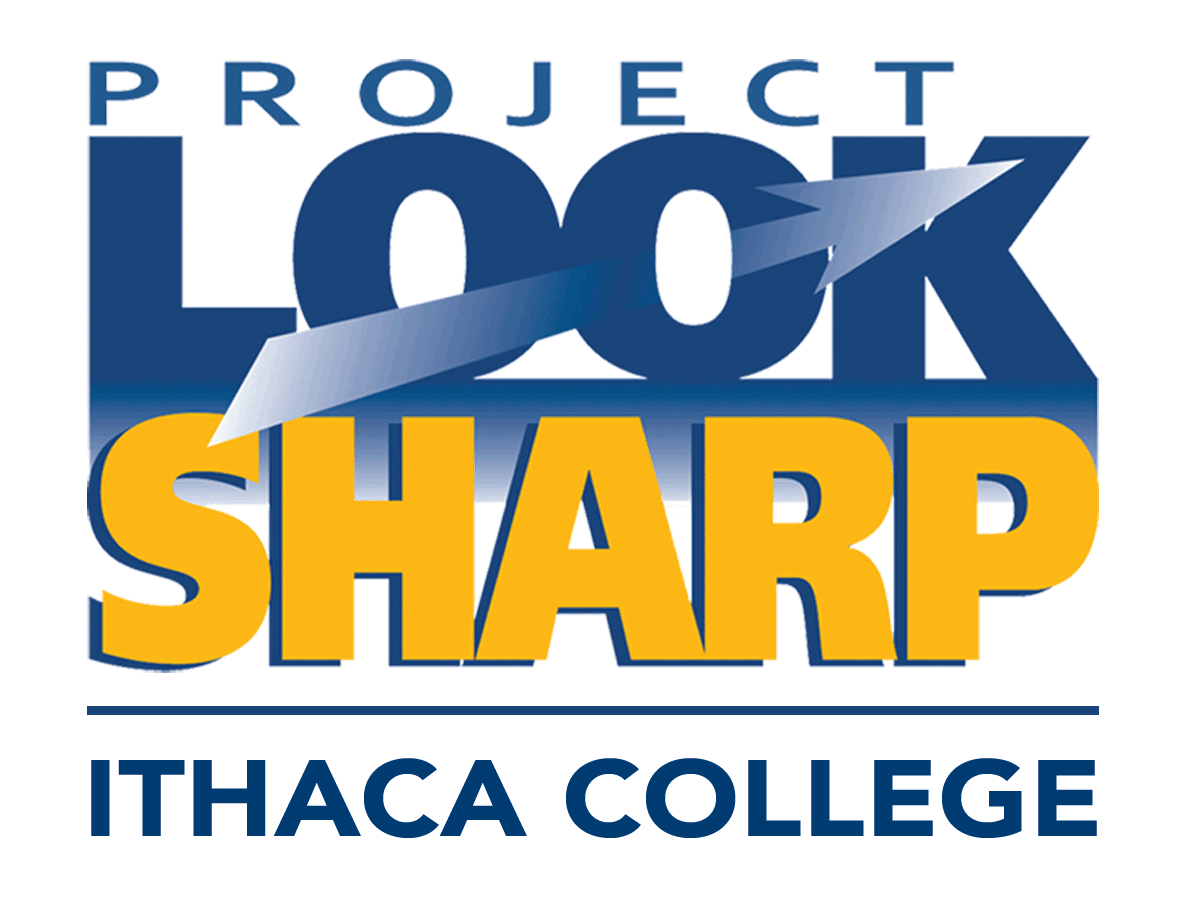ACT Awareness and Critical Thinking Activities for Teaching about Misinformation in Grades K-5
WELCOME to ACT, a flexible set of interconnected K-5 lessons and activities that help students learn how to detect, avoid, and resist online misinformation.
6. What is News?
Gone are the days when news was provided by relatively few legacy news organizations and walled off from other media content. Today most adults get their news online where it is generated by a stunning range of providers, from complete strangers posting unedited cell phone video to comedians, bots run by foreign propaganda agencies, and retweets of legacy journalists by family, friends, and followers. And that news intermixed with a wide variety of non-news content. All of it shapes what we know about the world and the way we think about pressing issues.
This online context presents some significant challenges for teaching about news and misinformation to young children. It’s not appropriate for them to be scrolling through social media feeds, and even if it was, very few young children seek out news. But they do encounter it in their environment. They overhear adult conversations, news might be streamed in the car on the ride to school, or perhaps a friend repeats something they heard.
That means we can’t ignore news, and we need to help students understand what they encounter, but we can’t teach as if they’re seeing what we see or traditional forms are relevant to them.
To prepare students for the online experience they’ll eventually have without presenting content that is disconnected from their current lives, ACT focuses activities on distinguishing news from other types of media (summarized in the Is It News? handout), and on clues that, if spotted, might indicate attempts at deception. The approach isn’t about declaring particular sources as either good or bad, but rather on helping students develop the habit of evaluating strengths and weaknesses of different sources for particular purposes.
Students will learn that
- News is a particular type of information source that is distinguished by a set of rules followed by journalists (people who report news).
- Learning journalism’s rules makes it easier to distinguish between the organizations, companies, and reporters who follow the rules and those that don’t.
- Journalists look for who, what, when, where, and why. They include all relevant perspectives and fact-check their work to be sure their stories are accurate.
- There are people who make media that look like news or is labeled “news,” but who do not follow news rules. That means it isn’t really news. And because they are trying to fool us into thinking it is, we probably shouldn’t trust them.
- News can be a good source for finding out about a particular event or something that happened recently, but it isn’t a good source for understanding what daily life is like for people. That’s because the news, by definition, reports on what is unusual. So, if our only source of information is a news story, we have to be careful about drawing conclusions about people we’ve never met or places we’ve never visited.
- A quick search of a source (lateral reading) can reveal whether others think the source provides credible news.
- Clues like misleading images, overgeneralizations, and statistics without context can indicate information masquerading as news but intending to deceive.
- Headlines and images don’t always reflect the content of the stories they accompany, so we can’t rely on them to make sure we’re getting the facts. We need to read the article.
Routines that Support Understanding News
If current events news sources produced for elementary students (e.g., Scholastic News or Newsela) are part of your routines, add media analysis questions to comprehension questions. Be prepared for teachable moments when clues that students have learned to spot show up (e.g. Is this number a lot or a little? How do I know or how can I find out?).
As much as possible, use language that reminds students that media organizations are not mysterious black boxes or “things;” they’re groups of people who make decisions about what to share and how to present the information they share. Use pronouns to reflect the presence of people (e.g., “who” rather than “that”).
For young children, curating resources is the method we use to guide them to credible sources. But when you talk about news sources, rather than rating them as good or bad, credible or not, left or right, help students develop the habit of asking the media analysis questions that will enable them to evaluate sources for themselves.
Activities
Is it News?
Introduction to Lateral Reading
Frames, FOMO, and Viral Trends
Is 7 a Lot?
Clue Spotting 4: Overgeneralizations
Clue Spotting 3: Percentages
For Reinforcement
Shorts – Types of Misinformation
Understanding Point of View
What Makes a Person an Expert?
© Awareness & Critical Thinking (ACT) Program, Texas Woman’s University, 2024 was developed by Dr. Faith Rogow, InsightersEducation.com as part of the ACT Program led by Dr. Tara Zimmerman, Texas Woman’s University. This project was made possible in part by the Institute of Museum and Library Services, IMLS grant #2023-057. Educational use is encouraged. All media examples are either public domain or protected by fair use. Requests to re-publish, duplicate, or distribute any ACT document outside of educational settings or for profit should be directed to Dr. Zimmerman.
